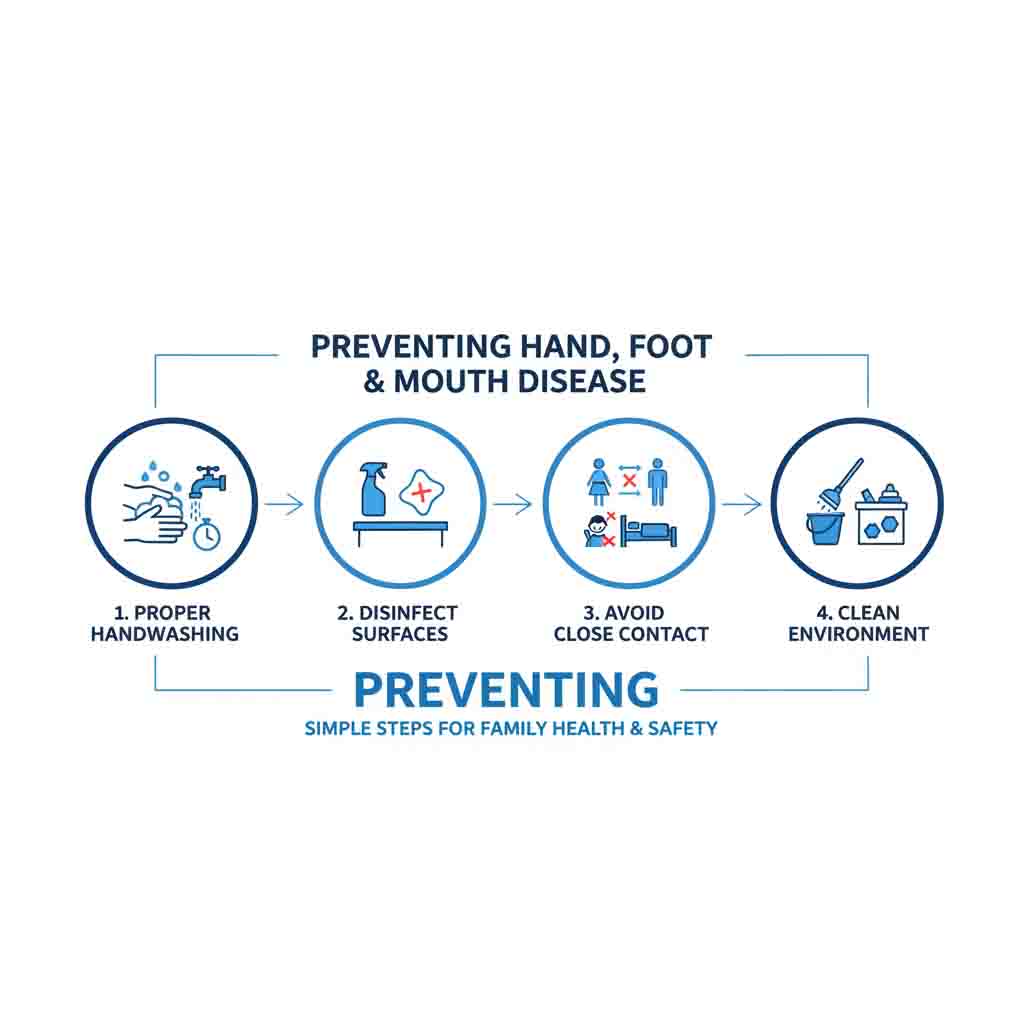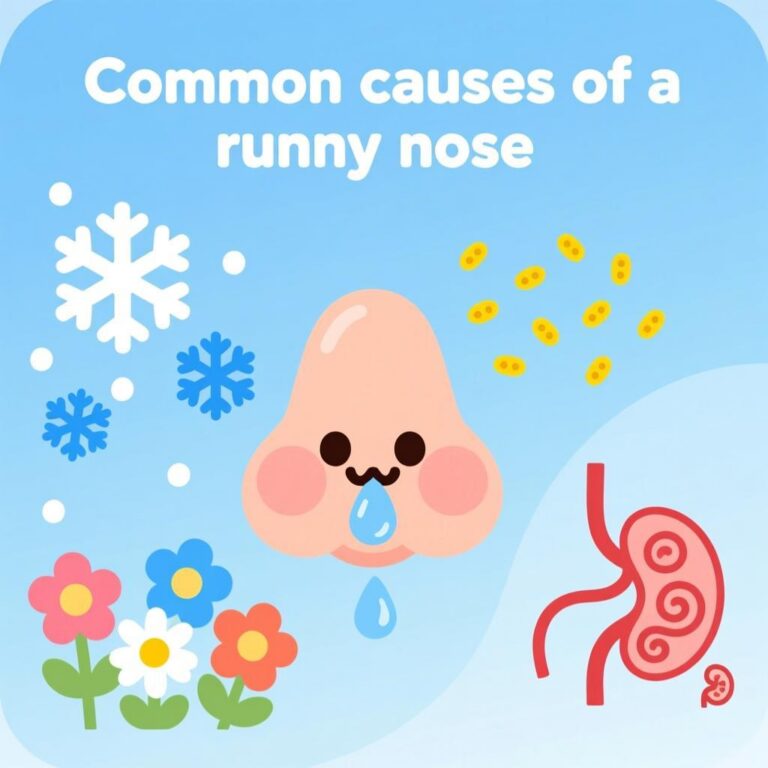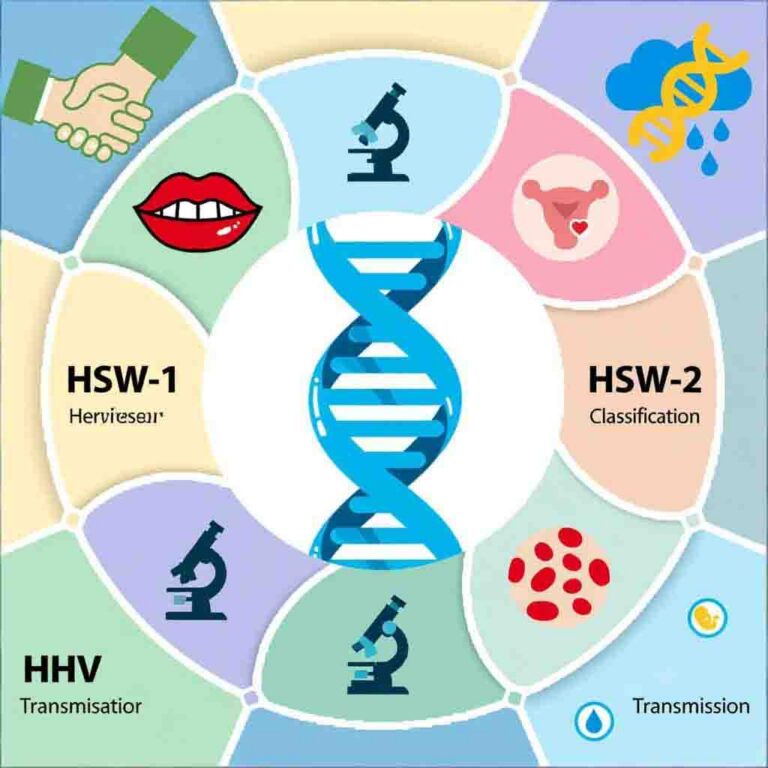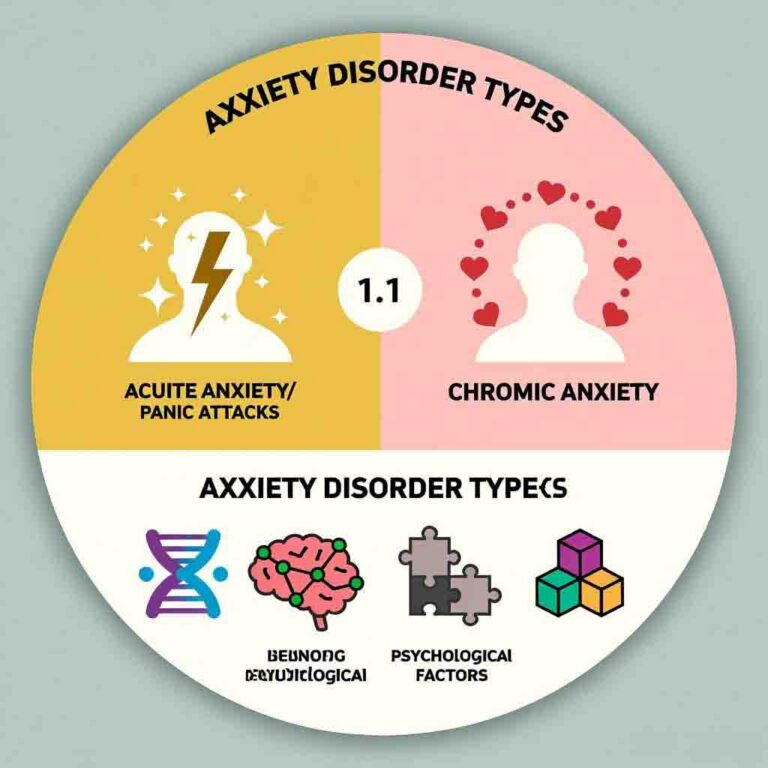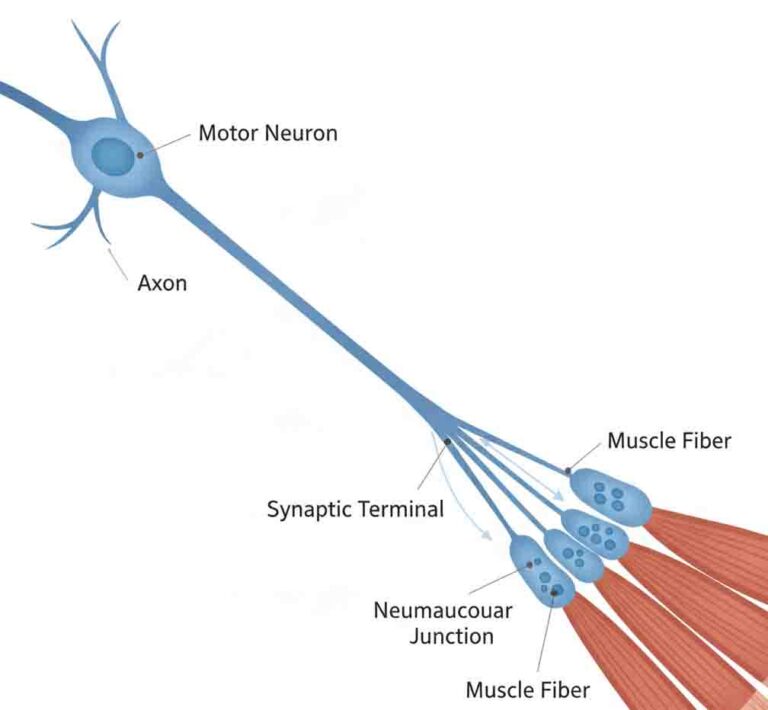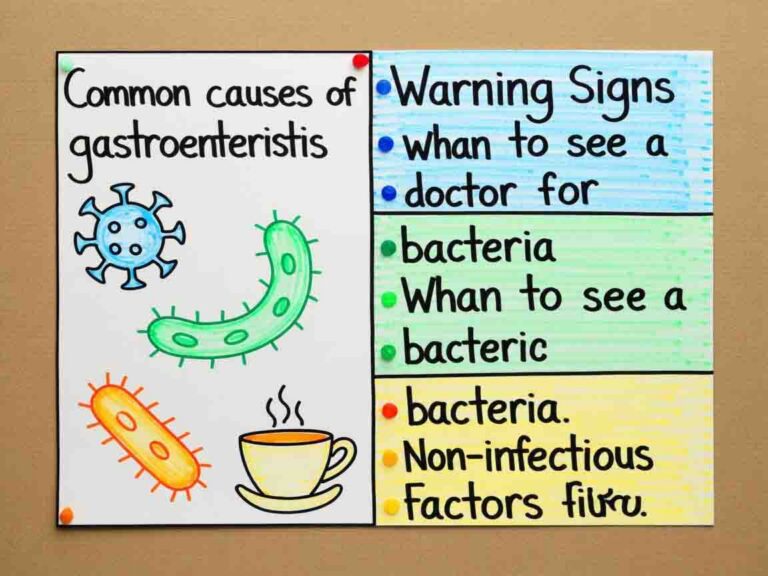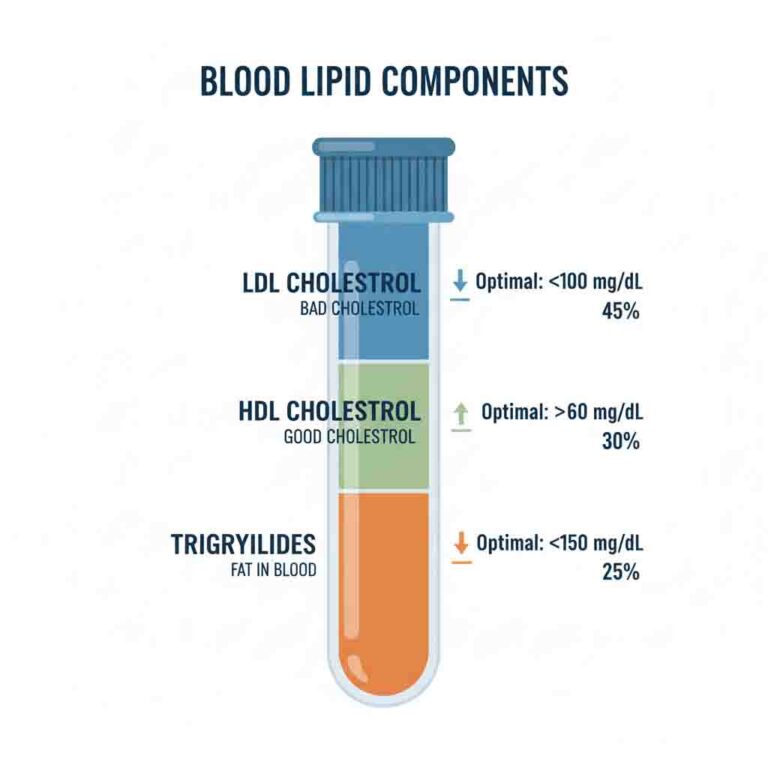Understanding Hand Foot and Mouth Disease
Hand foot and mouth disease (HFMD) is a common childhood viral infection caused by enteroviruses. The condition typically affects infants and young children, characterized by distinctive skin manifestations and general discomfort.
Common Symptoms
Initial Phase:
-
Mild to moderate fever
-
General discomfort and reduced appetite
-
Sore throat and mouth discomfort
-
Fatigue and irritability
Skin Manifestations:
-
Red spots or blisters on palms and soles
-
Mouth sores or ulcers
-
Rash on buttocks or other body areas
-
Lesions typically not itchy or painful
Disease Classification
Based on clinical severity:
-
Mild Cases: Typical rash presentation with general symptoms
-
Moderate Cases: Additional neurological involvement
-
Severe Cases: Cardiopulmonary complications (rare)
Transmission Methods
-
Direct contact with infected individuals
-
Respiratory droplets from coughs or sneezes
-
Contact with contaminated surfaces
-
Fecal-oral transmission route
Preventive Measures
Hygiene Practices:
-
Regular handwashing with soap
-
Proper disinfection of surfaces
-
Avoiding close contact with infected individuals
-
Maintaining clean environment
Childcare Considerations:
-
Isolating affected children during infectious period
-
Cleaning and disinfecting toys regularly
-
Promoting good personal hygiene habits
-
Monitoring children’s health status
When to Seek Medical Care
Consult healthcare providers if the child exhibits:
-
High or persistent fever
-
Refusal to drink fluids
-
Severe lethargy or weakness
-
Breathing difficulties
-
Worsening symptoms
Medical Disclaimer: This information provides educational content about hand foot and mouth disease. Individual cases may vary significantly, and this content should not replace professional medical advice. Always consult qualified healthcare providers for proper diagnosis and management recommendations.

